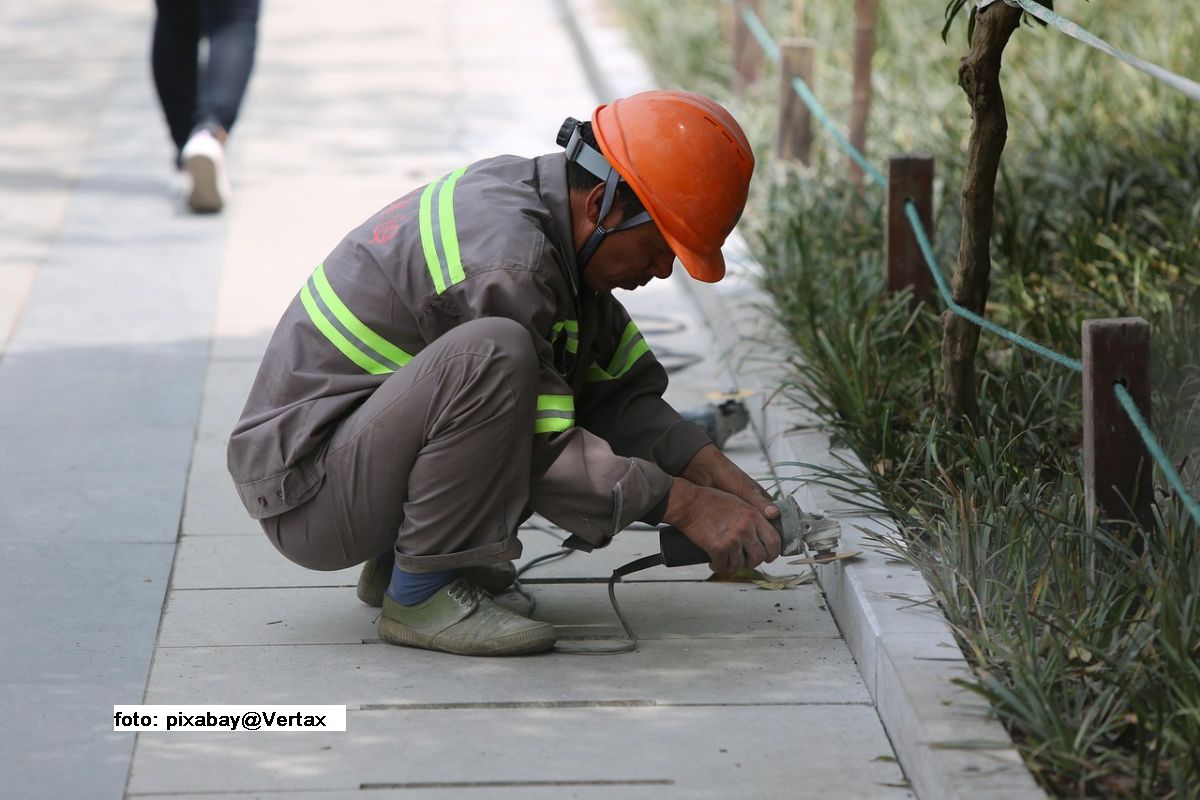Digital education for visually-impaired children in Romania
E-sight is a digital education and social integration project for visually impaired children using the latest technology.

România Internațional, 16.09.2015, 13:03
E-sight is a
digital education and social integration project for visually impaired children
using the latest technology. The project was first carried out between May 2014
and June 2015 by the Save the Children Organisation and financed by the Orange
Foundation. 400 children from Bucharest, Timisoara, Cluj Napoca, Buzau, Targu
Frumos and Arad took part in the project, and a further 1,000 were made aware
of the available resources.
The project was
based on a survey conducted by the Save the Children Organisation showing that
65% of visually impaired children would like to make the others aware of the
challenges they face, whether it’s the access to education or to online
services. Also, most of the children canvassed said they wanted to share the
results of their creative projects with their communities. Teodora Stoica, from
Save the Children, says the project demonstrated once again the need for the
social integration of the visually impaired children:
The project’s
main goal was to support the free expression of children and stimulate their interaction
with the others. Our second goal was to increase the public’s awareness about
the situation of visually impaired children. Last but not least, we would like
to ensure the access of these children to educational resources adjusted to
their needs. To carry out our first goal, we held a series of non-formal
activities. We therefore created a group of 55 volunteers who travelled to
Bucharest, Arad, Timisoara, Cluj Napoca, Targu Frumos and Buzau and carried out
non-formal activities with the children, such as collages, paintings, etc. We
also wanted to increase the awareness of the general public about the situation
of visually impaired children so we staged exhibitions featuring the children’s
works. Between May 29th and June 17th we held a series of
exhibitions in the cities of Buzau, Arad, Cluj Napoca, Timisoara and Targu
Frumos containing the works made by the children during our non-formal
activities.
The E-sight
project also entailed the creation of an online platform, which can be accessed
at www.esight.ro, containing information
and applications needed by the children, such as tutorials, mobile apps,
reading programmes, etc. The National Library has also come up with proposals
to facilitate the access to information of visually impaired persons and help
them integrate into the labour market, says the library’s general director
Claudia Serbanuta:
We will provide
the public in general and visually impaired people in particular with book
lending services in an accessible format. By the end of the year, we would like
to be able to provide library permits online and for permit holders to be able
to download the book they wish to read using their computers. This is the first
service of this kind in Romania, so we would like everyone to tell us what they
would like to read. What the National Library is trying to do is facilitate
children’s encounter with books that boost their confidence and give them the
strength to go on.
The E-sight
project also includes the production of a documentary film telling the story of
Livia Frona, a 10-year old visually impaired girl from Targu Frumos who has
taken up the piano:
I love playing
the piano, because I feel I have a connection with this instrument. My
favourite composer is Mozart. When I play the piano I feel happy. I want to
become a pianist and, if possible, someday I would like to visit Mozart’s
birthplace in Austria.
Eusebiu Toma is
an equally talented boy. He is 17, goes to high school and likes traditional
music:
It was very
hard at first, and I didn’t expect I would be able to go this far. I had a lot
to learn. But our whole life is a race that we have to win. I started playing
music at the age of 9, I got a toy organ as a present and I played that. My
parents talked to a high school teacher in Botosani, they saw that I liked to
play that organ and at first we placed some stickers on each key, each with a
different shape so that I could learn properly. And so it began. When I was 11,
my mother bought me a flute and I used to learn the songs by heart, because I
couldn’t read the sheets, it was really difficult. I would learn each tune
after I recorded it on my phone. Then I moved on to the clarinet, kaval,
ocarina, and I also intend to learn to play the bagpipe and the telenka.
The visually
impaired are an underprivileged group in Romanian society, according to recent
surveys which put Romania on one of the last places in Europe in terms of the
integration of the visually impaired into the labour market. Only 1 in 15
visually impaired youth find employment in this country. Here is Simona
Penescu, the interim executive director of Orange Romania:
In theory, the
Romanian legislation is good. There is a law that binds large companies to
employ people with disabilities. The problem is that the practical
implementation is very poor. There are a lot of examples of employers who would
rather pay a fine to the Government than employ visually impaired people,
because they are afraid. We should organise roundtables, workshops to explain
these things to employers. Ironically, the few employers who hire these people
are extremely happy with the work of their visually impaired staff. So we need
to make employers understand that people with disabilities also have a lot of
skills.
After graduating from high school, visually
impaired young people have few options to further their education. Those who
manage to integrate well in school rely a lot on the help of their parents, who
cover the costs of the equipment needed for the course materials to be adapted
to their children’s needs. For instance, the license for a piece of
text-to-speech software is around 1,000 euros. At the moment, there are around
3,200 children and over 100,000 visually impaired adults in Romania.






























